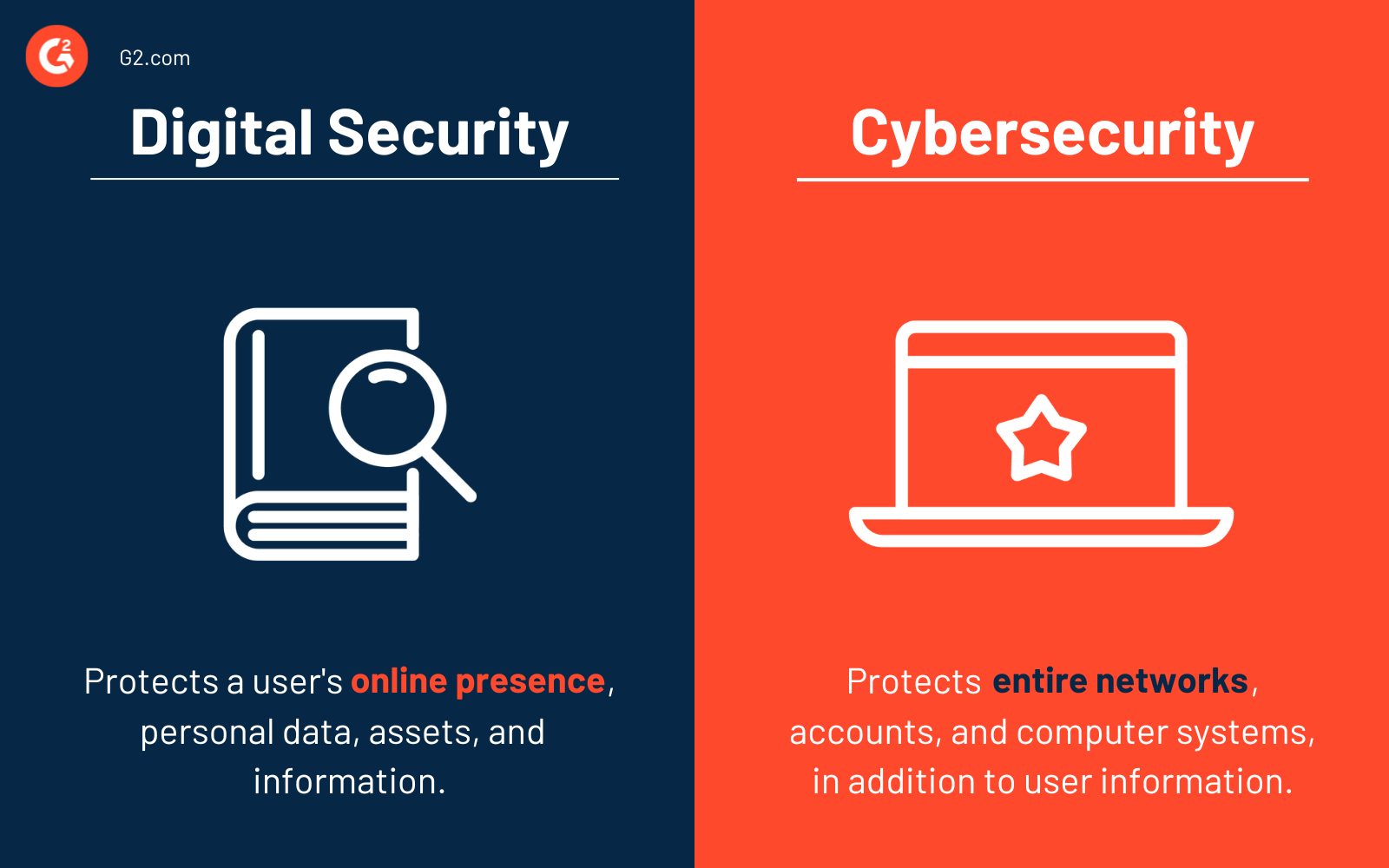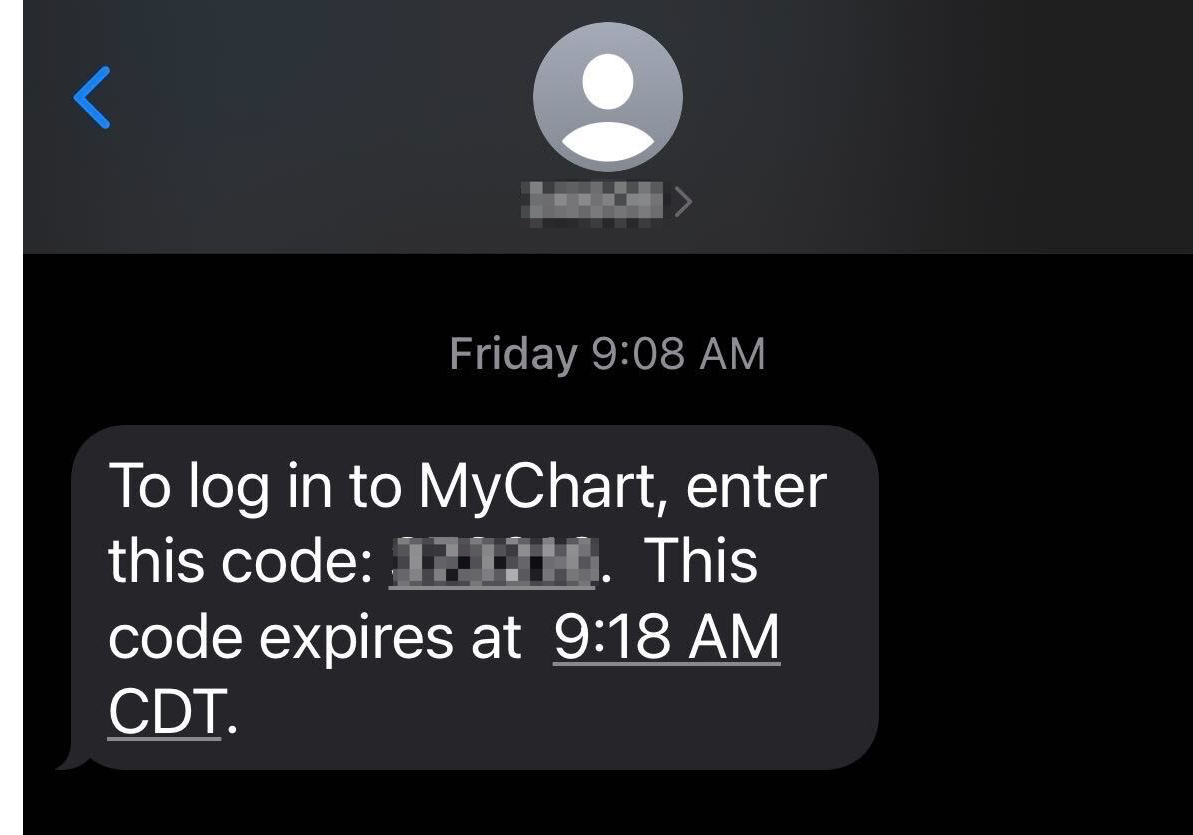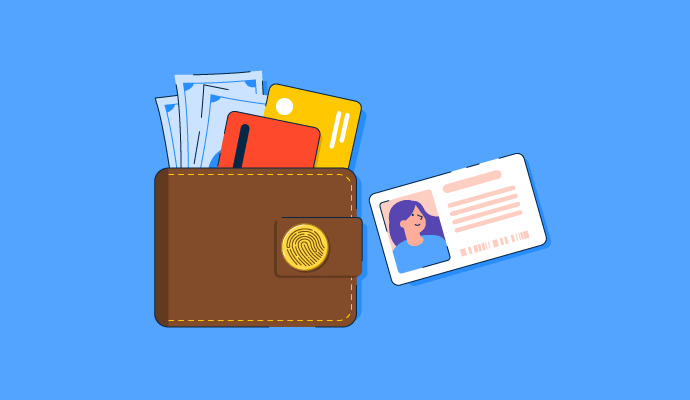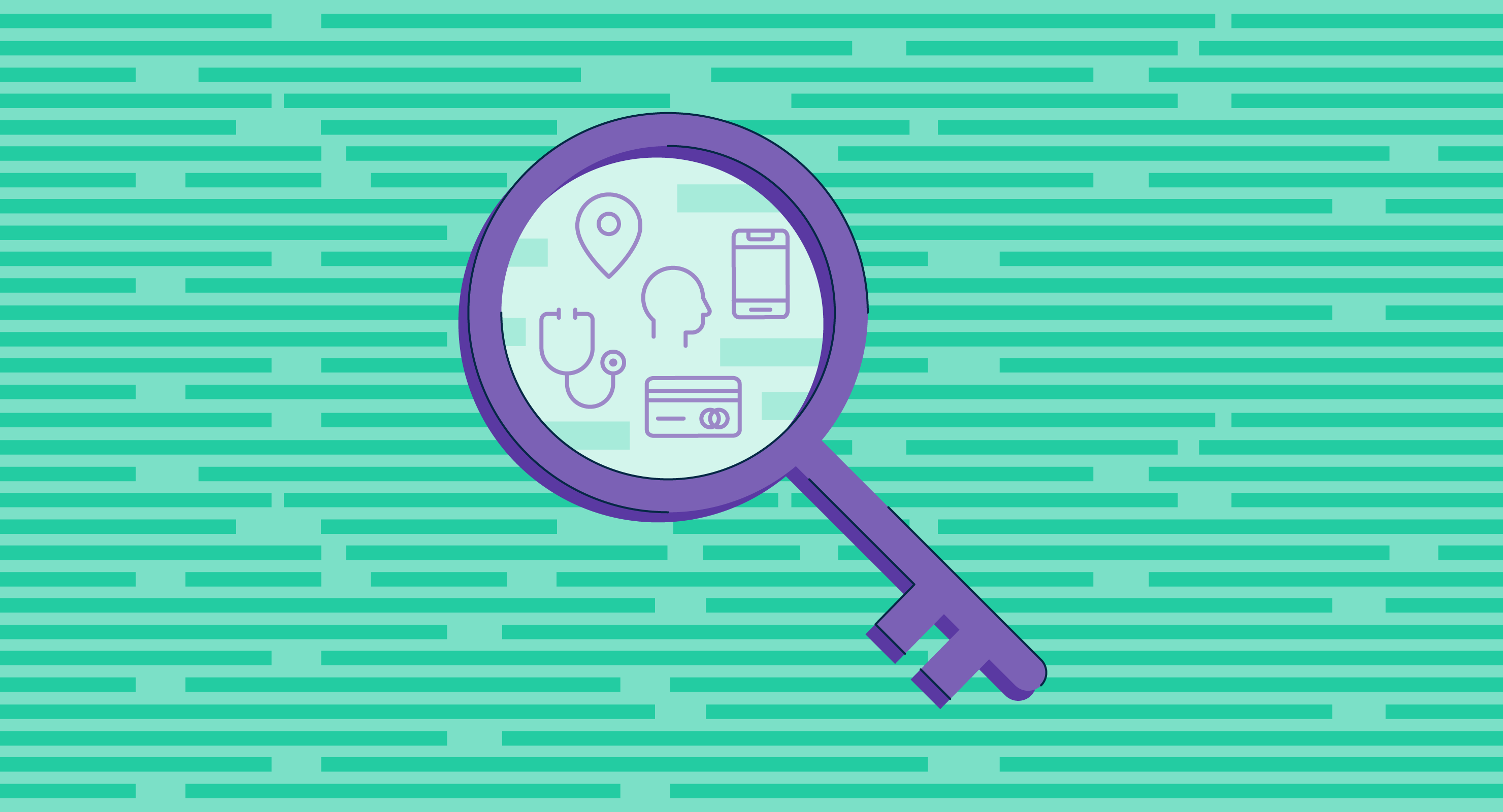As technology becomes more advanced, every day brings new ways to work, play, and interact with one another using our devices.
At the same time, hackers are finding new strategies to breach these devices and steal our information for their personal gain. Because of this, how can you be sure you’re taking every precaution necessary so that you don’t fall victim to a security threat?
It all comes down to your digital security efforts.
What is digital security?
Digital security refers to the tools that are used to secure your online identity, data, assets, and devices.
These tools can be anything we use to safeguard our data, like encryption software, biometrics, and web services. Other digital security devices include the SIM card in your phone and an ePassport, since these are both tools we use to communicate and travel using our digital identity in a way that is both convenient and secure. Essentially, digital security is how you protect your online identity.
Digital security vs. cybersecurity
It’s common to confuse digital security with cybersecurity, so it’s important to note the differences. Digital security protects your online presence, like your identity, personal data, and various assets.
Cybersecurity takes it one step further by covering more ground. It protects entire networks, accounts, digital components, and computer systems, plus all of the data stored within.

In short, digital security protects information, while cybersecurity protects all systems, networks, infrastructure, and information.
What type of digital security data is considered a risk?
There is specific information digital security hackers seek out to cause harm. The data most at risk is:
- Payment data: This includes anything to do with financial transactions, like credit and debit card numbers, including the expiration dates and Card Verification Value (CVV) number, online banking data (accounting and routing numbers), and personal identification numbers (PIN).
- Identification data: This includes your name, address, phone number, email account, IP address, and Social Security Number (SSN). It can also include information that pinpoints your location. Personal identification data is often used for identity theft and social engineering scams. Plus, if a hacker has your SSN, they can use it to open credit card accounts in your name – ruining your credit score.
- Health data: This includes information like your medical history, health insurance subscriptions, prescription drugs, and visits to doctor’s offices and hospitals. Hackers seek this information to file false insurance claims or resell prescription drugs.
Three pillars of digital security
Digital security falls under three main pillars. To remember them, think CIA.
1. Confidentiality
First things first, it’s an absolute must that you keep your data and identity private to prevent a data breach or at least limit the data’s availability to specific people or organizations.
Everyone has information that they want to keep secret. Whether it be your bank account statements, credit card numbers, trade secrets, or even information found in government documents.
There are many ways you can go about keeping it confidential, from creating a strong password to using a fingerprint scanner. You could also store your information through cloud security or invest in an encryption device.
2. Integrity
Integrity makes sure that the data you’re keeping confidential and secure hasn’t been modified or corrupted. You also need to consider the source of the data. Can you be sure that it is coming from the right person and that person is who they say they are?
Hackers are only interested in stealing your information if it’s correct. You could go about maximizing the integrity of your data by utilizing file permissions, user roles, and access management. There’s also version control to prevent incorrect changes to your data. And, of course, it’s always in your best interest to backup all of your data and secure information in the event of corruption.
3. Availability
Lastly, digital security needs to work properly and run at all times to be effective. This happens by maintaining all hardware, performing hardware repairs promptly, and ensuring your operating system is free of any bugs, worms, or viruses.
Are you familiar with that pesky software update you keep ignoring and telling it to “remind you tomorrow”? Keeping up with the availability pillar means it’s time to install that update, which can patch holes that are left vulnerable to attackers.
It’s also a good idea to make the most of extra security equipment or software, such as firewalls and proxy servers, to protect against downtime and malicious acts, like DDoS attacks.
Methods used to breach digital security
When it comes to digital security threats, there are some common methods hackers take advantage of to get their hands on your data.
- Unsecure access: Hackers can access your online accounts and all of their data due to users implementing weak passwords or reusing them on multiple accounts. Hackers can also easily breach these accounts when users don’t have two-factor authentication set up.
- Multiple devices: Laptops, smartphones, home assistants, and smart doorbells. These are just a few IoT devices that are a part of our daily routine. The more devices in use, the more data they collect, which gives hackers access to more sensitive information.
- Dangerous exposure: Think about all of the accounts you may have. From social media profiles to streaming services, this data allows hackers to form an image of what you do, who you are, and what you’re interested in. The more information they’re able to collect, the easier it is for them to use it to their advantage.
How to intensify your digital security efforts
Whether you’re a regular user or a public figure, there are ways to ramp up your digital security efforts even further.
Cover your webcam
Have you ever seen people typing away on their laptops at coffee shops or airports with tape over the webcam and been unsure of its purpose?
Essentially, think of this as a high-reward, low-tech digital security step. Rather than becoming a victim in this situation, invest in a little painter’s tape and put it over your laptop’s webcam. Or, if you want to get fancy about it, you can buy an official webcam cover to stop hackers in their tracks.
Use two-factor authentication
Two-factor authentication is becoming more common in protecting data and identities. This extra layer of security is when a site requires a password to gain access and another form of verification, like something you have.
A good example is when you’re logging into an account via a password, and then the account sends a numeric code to your smartphone to type in before you can access your account. For instance, whenever I log into my healthcare portal, the app sends me a code that I enter before accessing this sensitive data.

Apply a privacy shield to devices
Something we all do, whether we want to admit it or not, is sneak a peek at the laptop or smartphone of the person next to us when out in public. It happens when we’re on the train and waiting in line, and it’s becoming natural to look at someone else’s screen casually.
To prevent others from seeing what's on your screen, apply a privacy shield. These thin covers make your screen dark from certain viewing angles. When you use a privacy shield, you’ll still be able to see your screen normally when looking straight on, but if someone tries to snoop sitting next to you, it’ll look like your screen is turned off
Whether you’re sending a private work email containing sensitive information or playing a mobile game, no one will know.
There's a time and place to be vulnerable
As long as it doesn’t include your identity or data. Take digital security seriously and save yourself time and money from being hacked. You never know when you can fall victim to a cyber attack, so protect your data whenever possible.
Take your digital security protection efforts one step further by learning how multi-factor authentication software can provide even more peace of mind.
This article was originally published in 2019. It has been updated with new information.

Mara Calvello
Mara Calvello is a Content and Communications Manager at G2. She received her Bachelor of Arts degree from Elmhurst College (now Elmhurst University). Mara writes customer marketing content, while also focusing on social media and communications for G2. She previously wrote content to support our G2 Tea newsletter, as well as categories on artificial intelligence, natural language understanding (NLU), AI code generation, synthetic data, and more. In her spare time, she's out exploring with her rescue dog Zeke or enjoying a good book.

